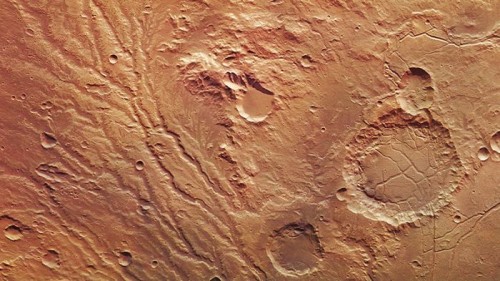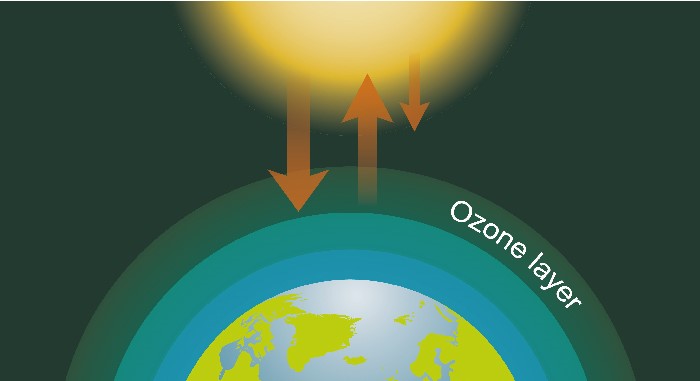But there`s a massive, growing wall of evidence showing that Mars may have had the necessary conditions for life in the past, including at least one system of river valley networks.
In this series of images from the ESA`s High-Resolution Camera on the Mars Express Orbiter, there are clear signs of a system of river valleys. The area is in the southern highlands of Mars. It`s east of the Huygens crater, a large, well-known Martian crater, and north of Hellas. Hellas is the largest impact basin on the red planet.
The area is one of the oldest surface areas on Mars. It`s between 3.5 billion and 4 billion years old, and is a heavily cratered area.
The morphology of the river valley is called `dendritic` which means branching like a tree. Brain cells also have dendrites, which are branched nerve cell endings that reach out to each other and look like the river valleys on Mars. But we digress.
It`s easy to see the comparison. The valleys branch off into smaller and smaller tributaries, which branch off again.
From the topography in the images, it looks like the water flowed from higher elevation on the right down to lower elevation on the left. These rivers probably flowed billions of years ago, and what we`re seeing now are the heavily eroded remnants. The smoothed and fragmented valley rims, especially running east to west, are evidence of this erosion.
The system of river valleys bears a striking similarity to river networks here on Earth. One fine example of this is the Yarlung Tsangpo river area in Tibet, which has the same dendritic quality as the Martian valleys.
In a press release, the ESA says that the Martian channels were probably caused by surface water from strong river flow. Heavy rainfall also probably contributed to it. The flow would have "cut through existing terrain on Mars, forging new paths and carving a new landscape."
Regardless of how the water got there, it is clear that there was water flowing on the surface. A number of current and future missions are studying and will study Mars for clues to its watery past. Martian water is really the central question when it comes to studying the planet.
Next year`s ExoMars joint mission between the ESA and Russia will see a rover on the surface, drilling below the surface and searching for life. That will be a first for Mars exploration.
And the Trace Gas Orbiter is giving us a detailed analysis of Mars` atmosphere, which may provide another piece of the puzzle in solving the mystery of Mars` ancient, watery history.

Billions of years ago, Mars was likely a much warmer and wetter place than the cold, dry, barren world we see today. Whether there was life there or not remains an open question.




